
The Trust Trap: How a Genuine PayPal Email Was Twisted into Fraud – And Why Dual Evidence Detection Matters

I'll be honest—when I saw "We have deducted $359.97 USD from your linked account for a Bit-Coin purchase" in my inbox this morning, my heart skipped a beat. Not because it was a massive amount, but because everything about the email looked... right.
The sender? PayPal. The authentication? Perfect. The formatting? Identical to legitimate PayPal emails I get every week. For about thirty seconds, I genuinely wondered if somehow my account had been compromised.
Then my security brain kicked in.
This Wasn't Your Average Phishing Email
Here's what made this attack so unsettling: it wasn't trying to look like PayPal—it actually was using PayPal's systems. The scammers had figured out how to abuse PayPal's invoice feature to send what appeared to be a completely legitimate billing notification.
PayPal scams have exploded 600% this year, and this one shows exactly why traditional email security is struggling to keep up.
What I received:
- "Urgent" Bitcoin purchase notification for $359.97
- Official PayPal branding and authentication
- A phone number to "immediately stop the payment"
- All the technical markers that should make security systems trust it
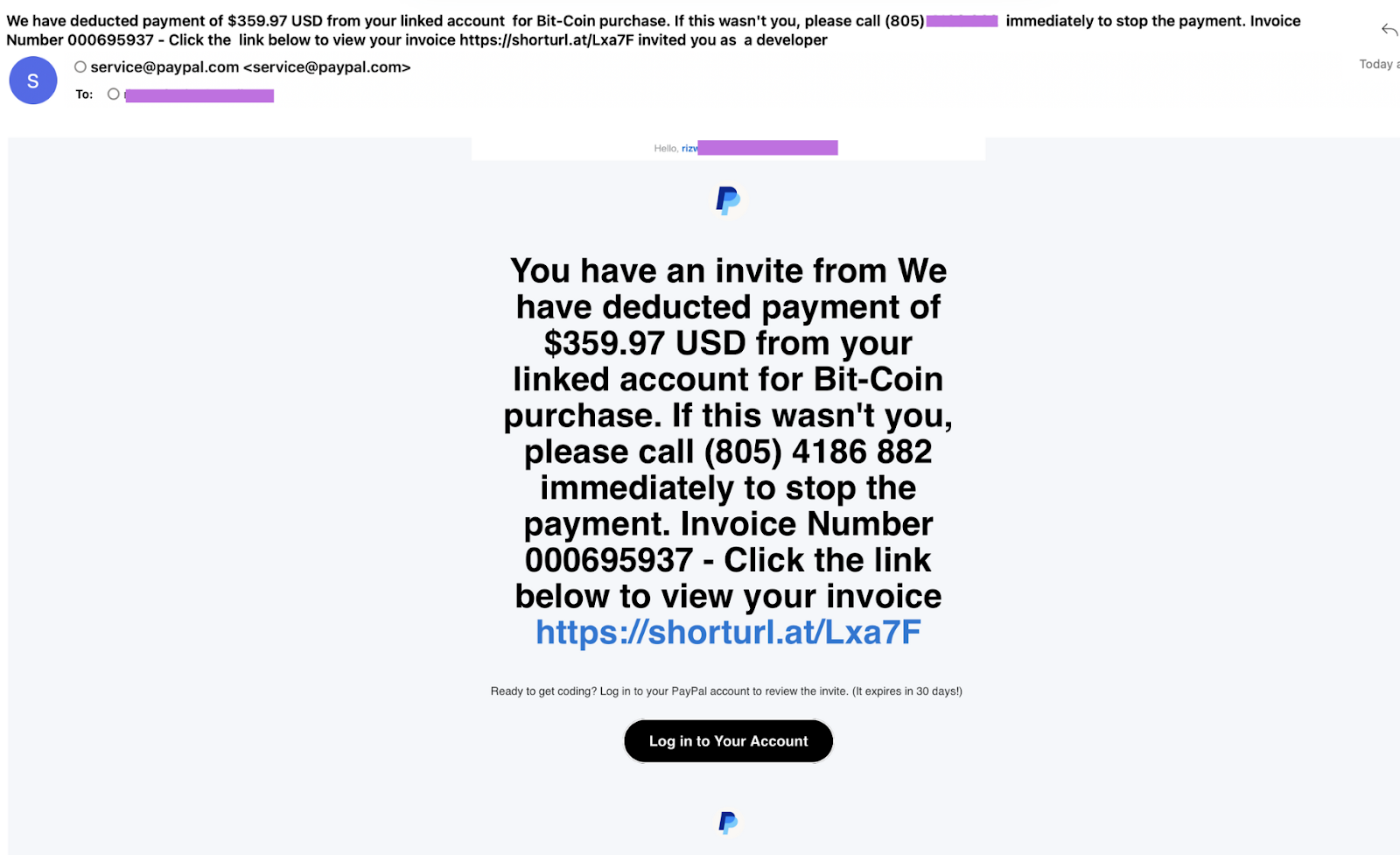
Why it's so dangerous: This is what security folks call a "callback phish." No suspicious links to click, no obvious red flags—just panic and a phone number. The real scam happens when you call that number and some friendly "fraud specialist" offers to help you cancel the charge... if you'll just verify your account details first.
The Authentication Game
Here's the technical stuff that makes this attack particularly nasty:
- SPF: Pass - (service@paypal.com)
- DKIM: Pass - (signed by PayPal's legitimate servers)
- DMARC: Pass - (perfectly aligned with paypal.com)
Every single authentication check that email security systems rely on said "this is legit." And technically, it was—PayPal's systems really did send this email.
But buried in the invoice was a shortened URL. Click that, and you'd end up at a fake PayPal document hosted on Google Drive with the scammer's callback number prominently displayed.
Clever, right? The entire attack chain runs through trusted platforms: PayPal → URL shortener → Google Drive. No "obviously bad" domains anywhere.
Why Most Email Security Systems Missed This
Traditional email security operates like a prosecutor in court—it's really good at finding evidence of guilt, but it can't prove innocence. When an email comes from PayPal with perfect authentication and no obviously malicious links, these systems shrug and say "looks clean to me."
The problem is that legitimate platform abuse breaks this model completely. The technical signals all say "trust me," but the business logic screams "something's wrong here."
Most security solutions saw:
- Trusted sender (PayPal)
- Valid authentication
- No malicious URLs in the body
- Established domain reputation
And concluded: "This is fine."
How TRACE Actually Caught It
This is where our approach at TRACE is different. Instead of just hunting for threats, we investigate both sides of every email like a proper legal proceeding—with both a prosecutor and a public defender making their cases.
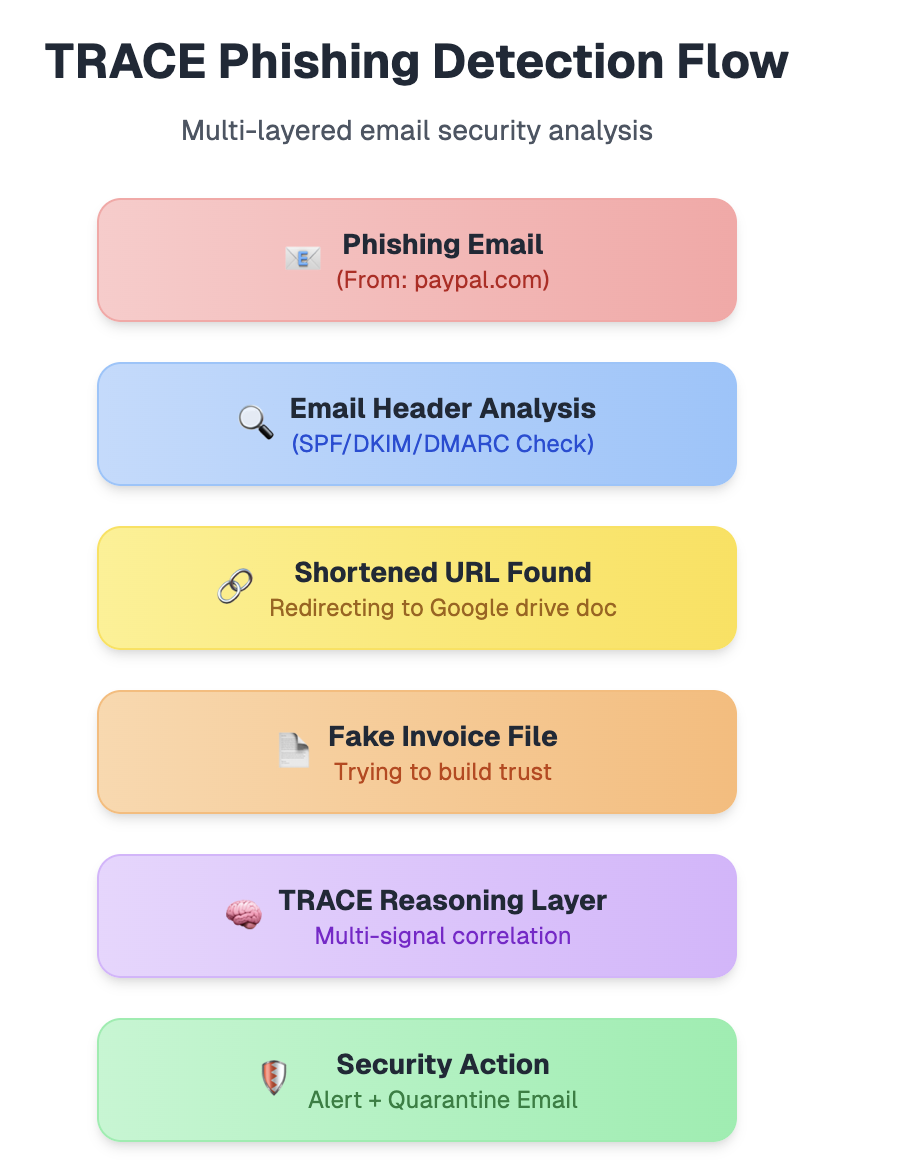
The Defense Case (Why This Might Be Legitimate):
- Perfect PayPal authentication across all protocols
- Official branding and legal footers
- Links pointing back to paypal.com
- Tracking pixels from legitimate PayPal domains
- All the markers you'd expect from a real billing notification
The Prosecution Case (Why This Feels Off):
- Weird hyphenation ("Bit-Coin" instead of "Bitcoin")
- Suspiciously precise dollar amount ($359.97—not $360)
- Heavy emphasis on calling immediately rather than logging into your account
- URL shortener hiding the real destination
- Language patterns that don't match PayPal's typical communication style
- The whole "call us right now" urgency that legitimate companies rarely use
The Verdict: Our AI judge weighed both sides and concluded that while the technical authentication was solid, the business legitimacy was questionable. The prosecution's evidence of social engineering intent outweighed the defense's technical trust signals.
Result: Blocked and flagged as a callback phishing attempt.
The Bigger Problem
This attack represents something we're seeing more and more: sophisticated threat actors who understand that traditional security systems have a blind spot. They're not trying to break authentication or fool spam filters—they're using legitimate platforms as weapons.
Think about it from the attacker's perspective:
- Use PayPal's invoice system (trusted platform)
- Ensure perfect authentication (passes all checks)
- Hide the real payload off-platform (Google Drive document)
- Exploit the fact that most systems can only hunt for technical threats
It's brilliant in a disturbing way.
What This Means for Everyone
If you're running security for an organization:
- Technical authentication isn't enough anymore
- You need systems that can reason about business legitimacy, not just hunt for malware
- Platform abuse is becoming the new frontier—prepare accordingly
If you're just trying not to get scammed:
- Don't trust urgency, especially in financial communications
- When in doubt, log into your account directly rather than clicking links or calling numbers from emails
- URL shorteners in financial alerts should immediately raise red flags
- Remember that even perfect-looking emails can be fraudulent
The Bottom Line
This attack worked because it exploited a fundamental limitation in how most email security systems think. They're designed to catch obvious threats, but they struggle with subtle deception that abuses legitimate platforms.
The future probably belongs to security systems that can investigate both the technical and business aspects of communications—systems that ask not just "is this technically safe?" but also "is this actually legitimate business communication?"
Because as attacks like this become more common, the old approach of just hunting for threats isn't going to cut it anymore.
The sophistication is already here. The question is whether our defenses can evolve fast enough to keep up.
Related Posts
StrongestLayer, Inc. 1900 5th and 6th Floor, Reston Station, 1900 Reston Metro Plaza, Reston, VA 20190







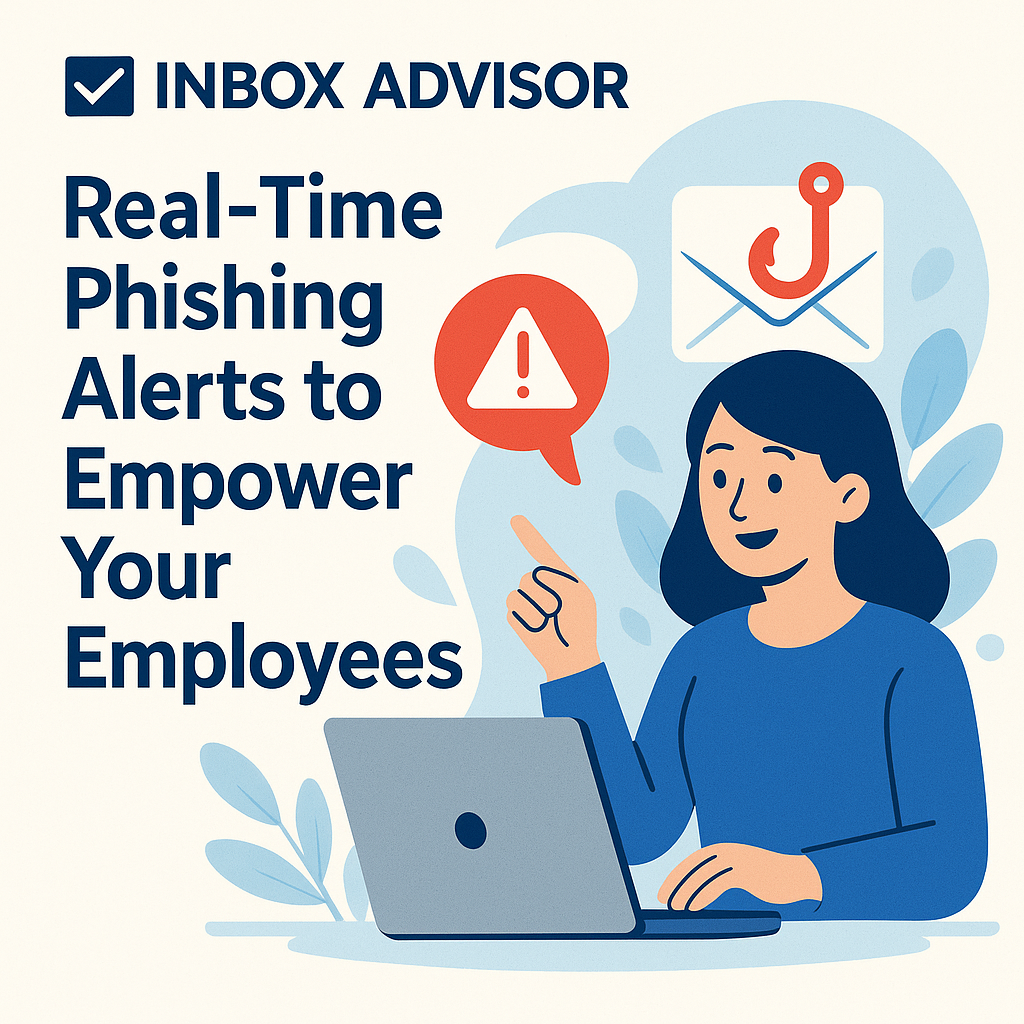



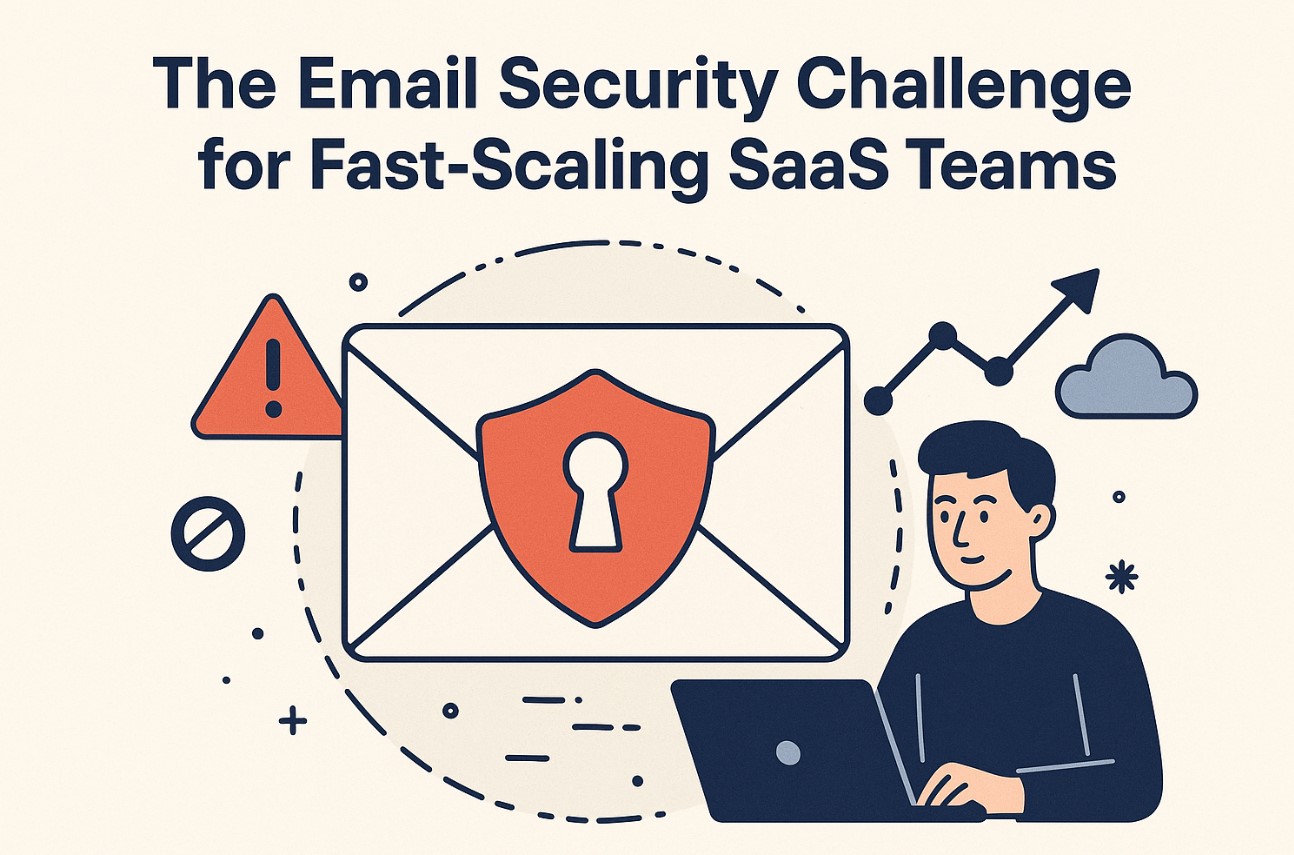
.png)
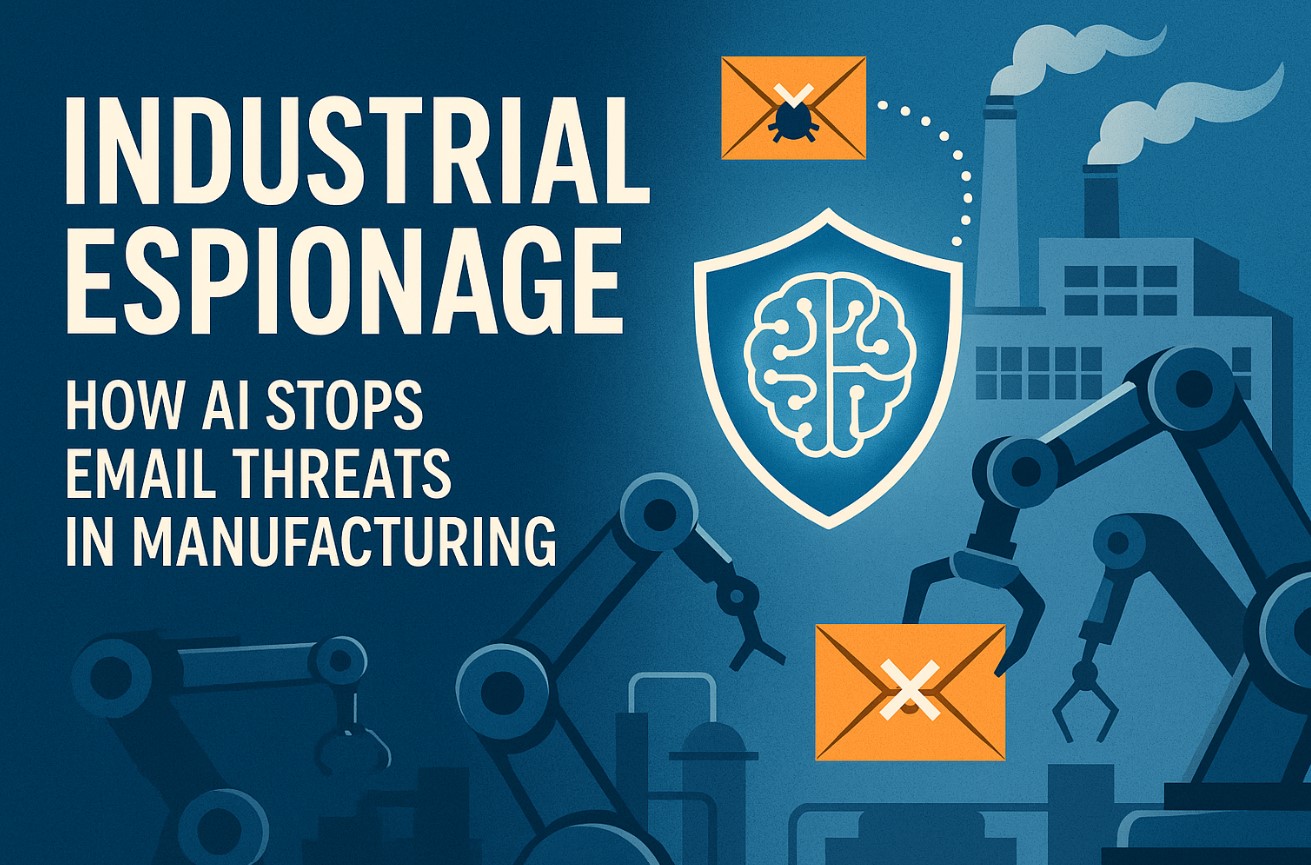

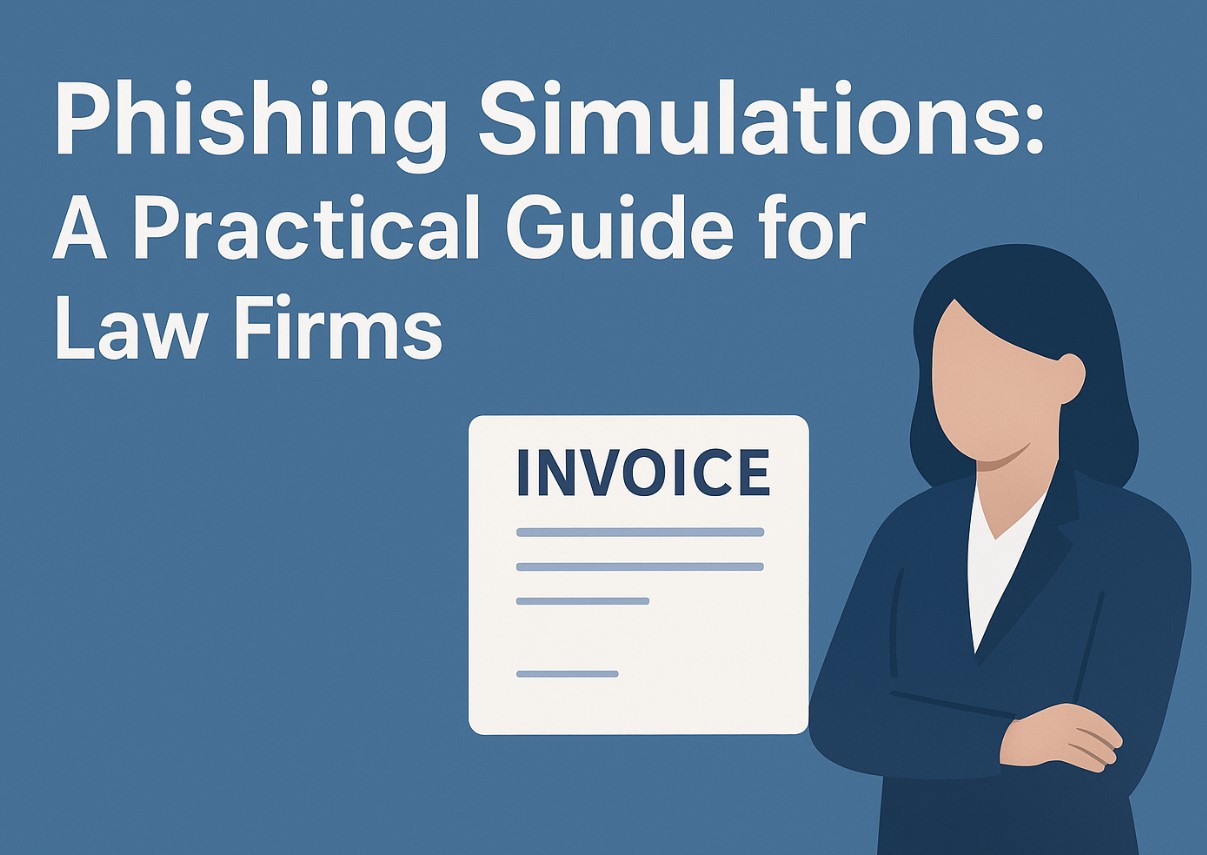


.png)
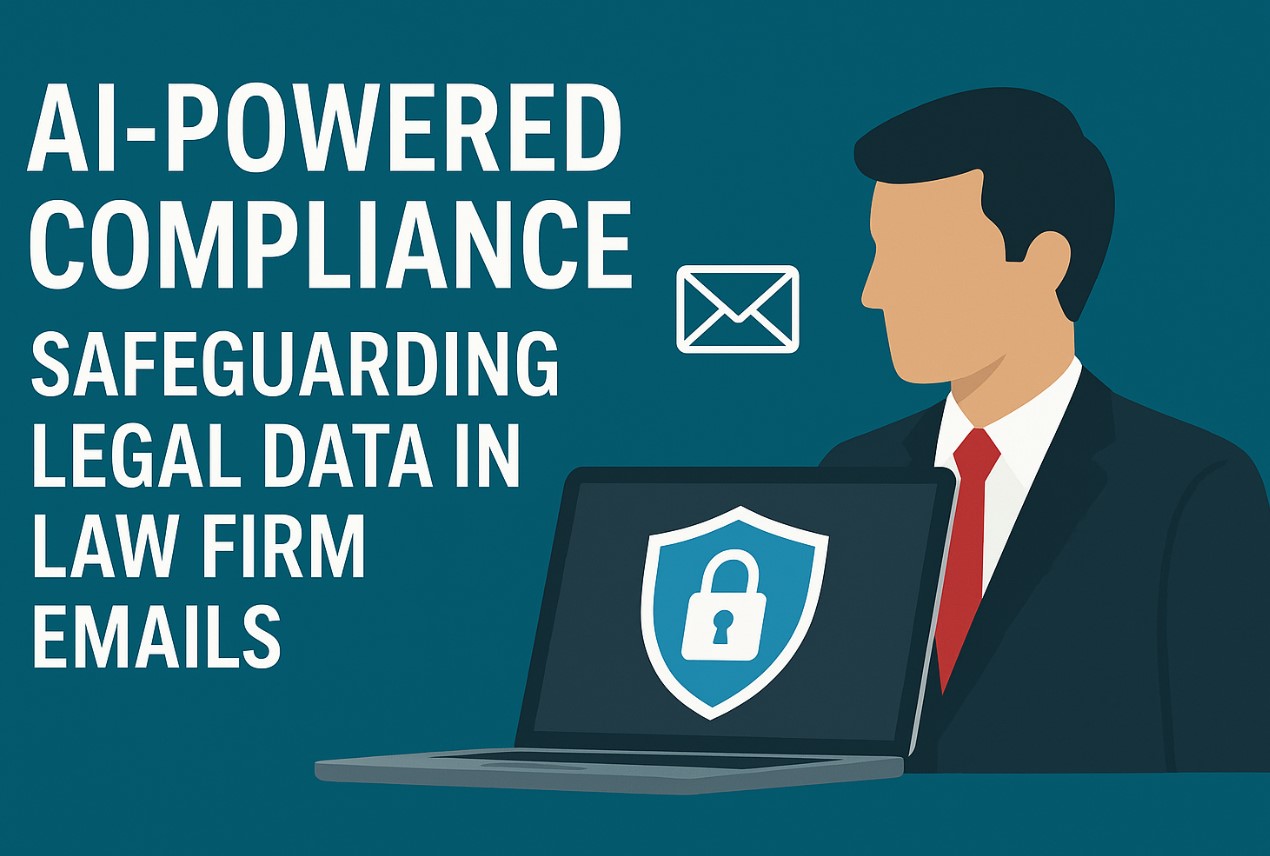

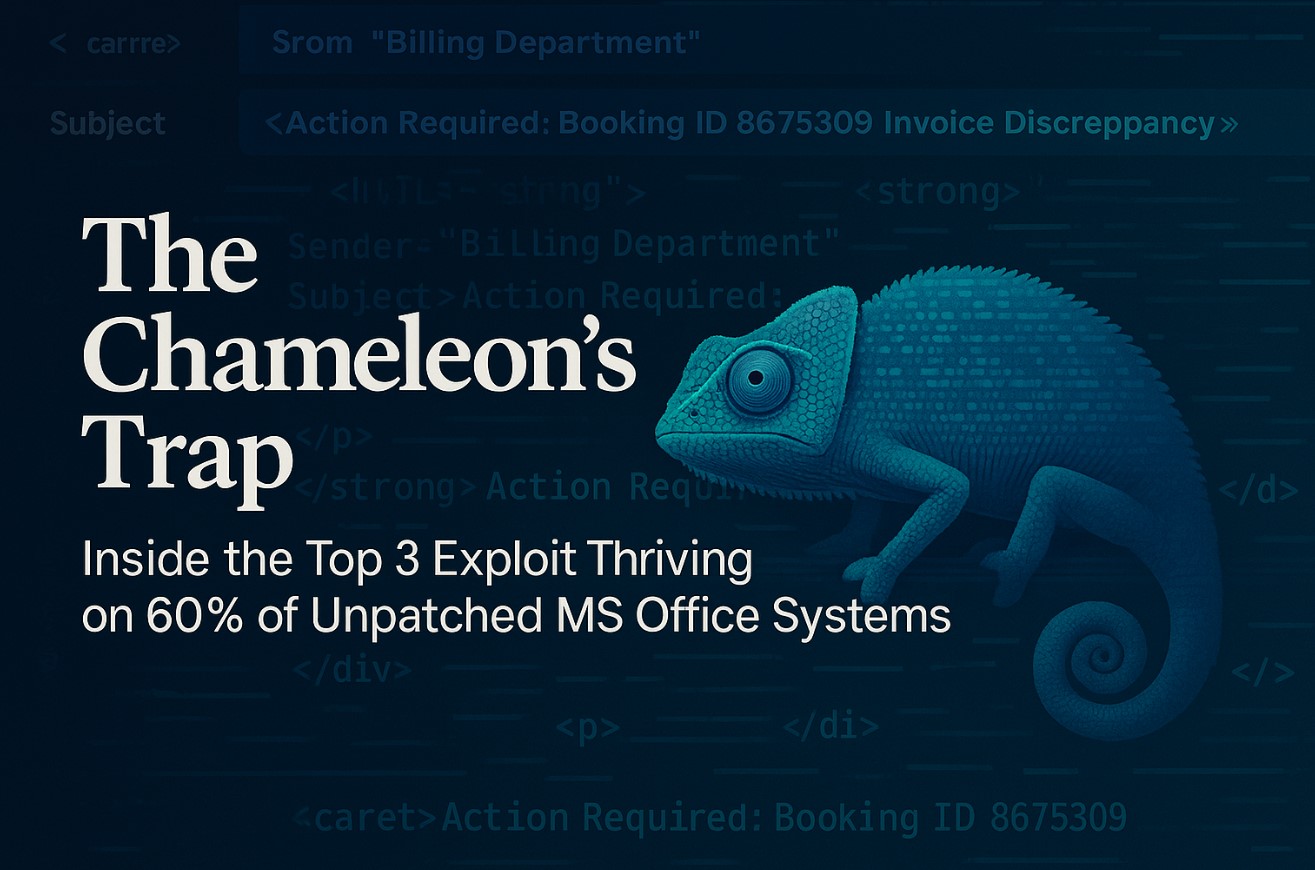

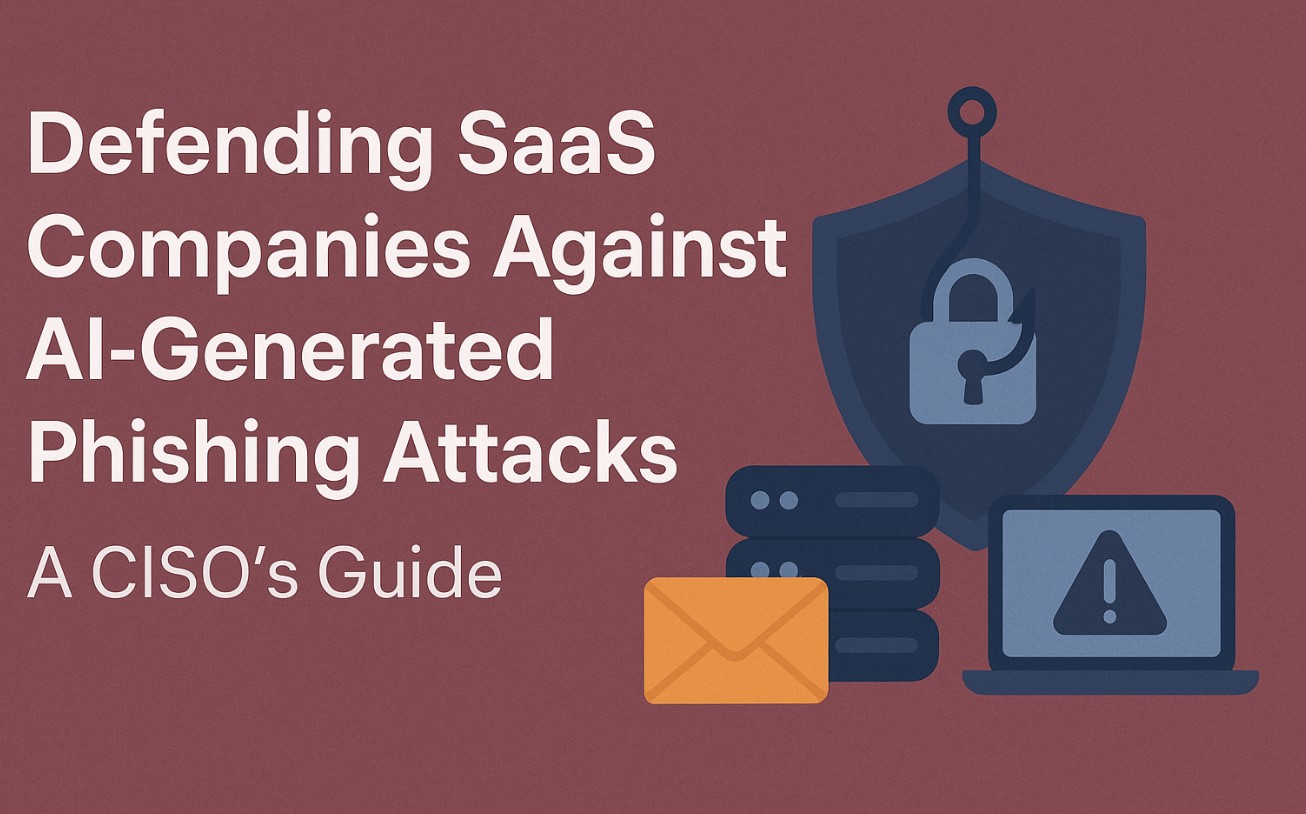


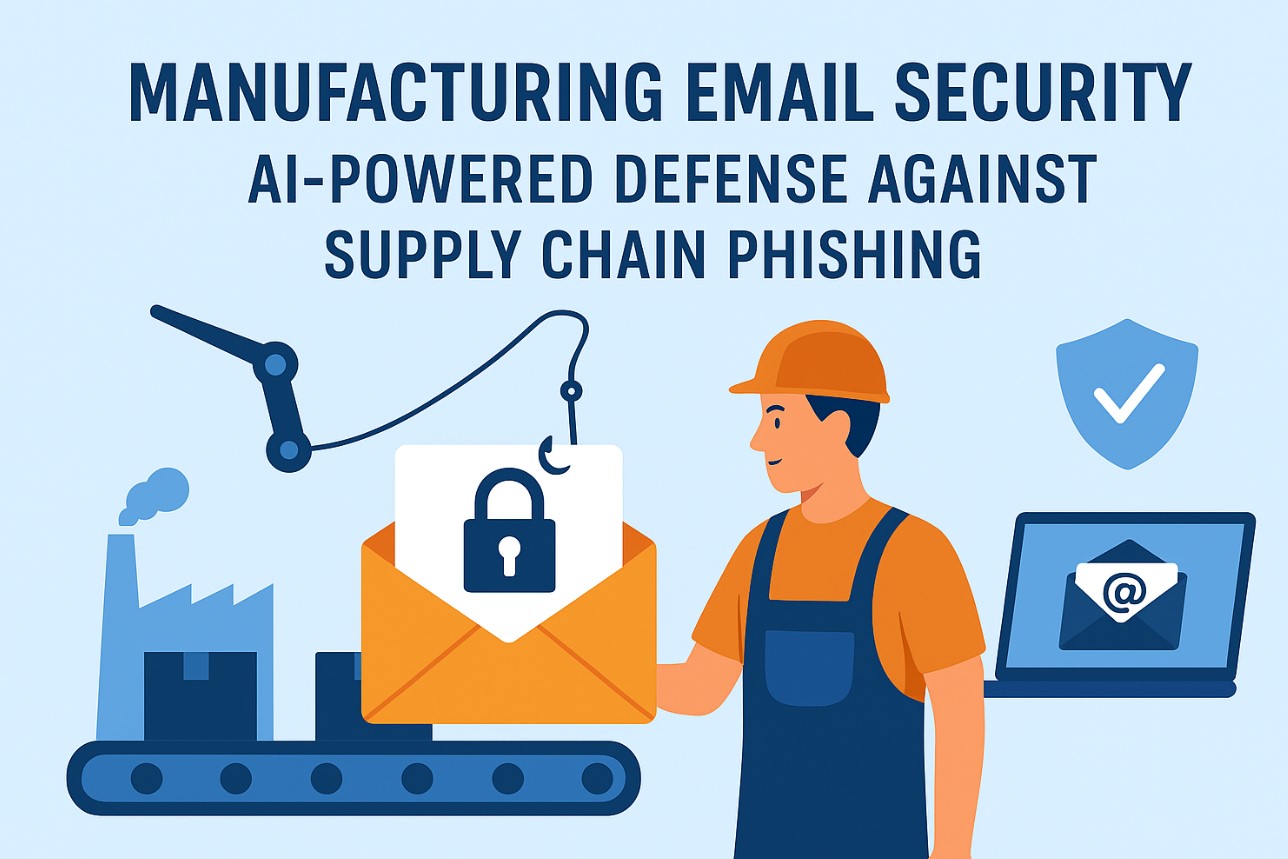

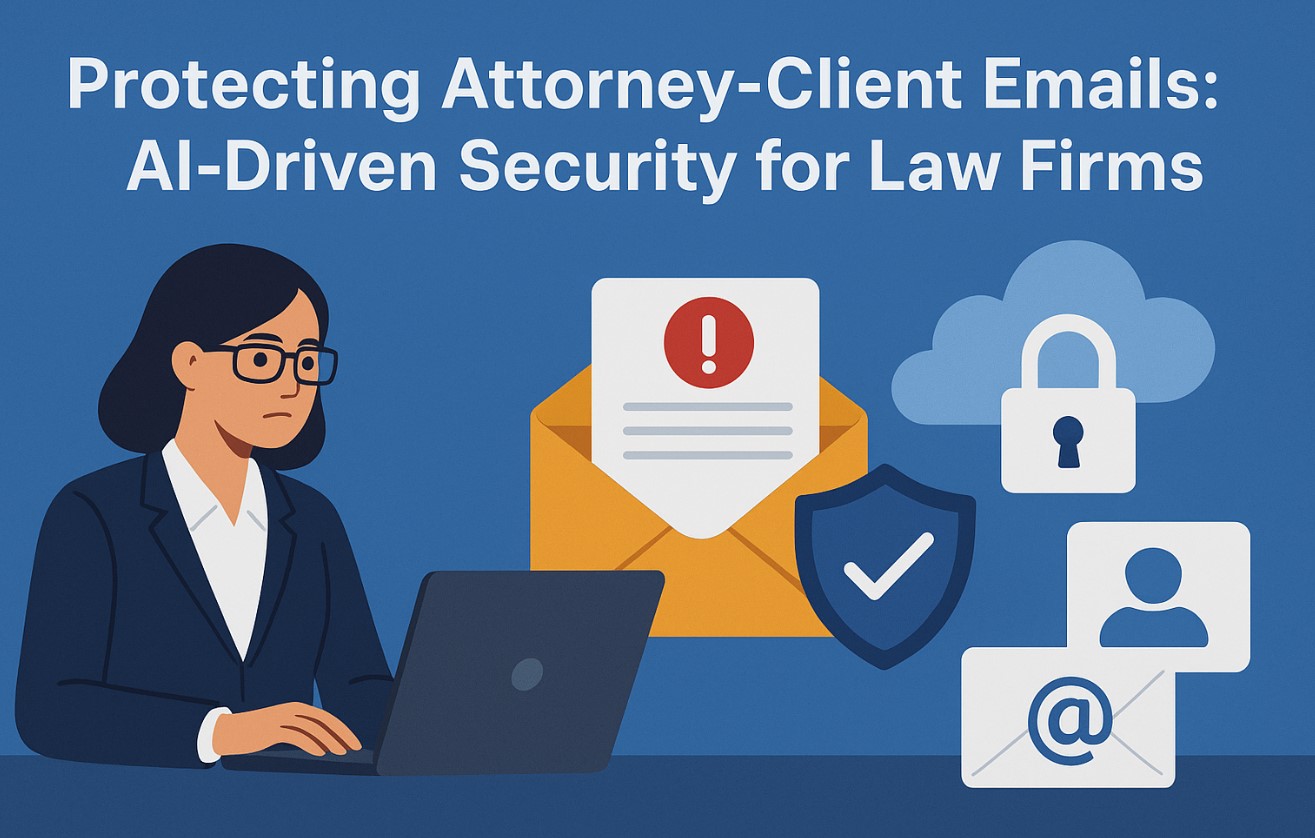

.png)

.png)
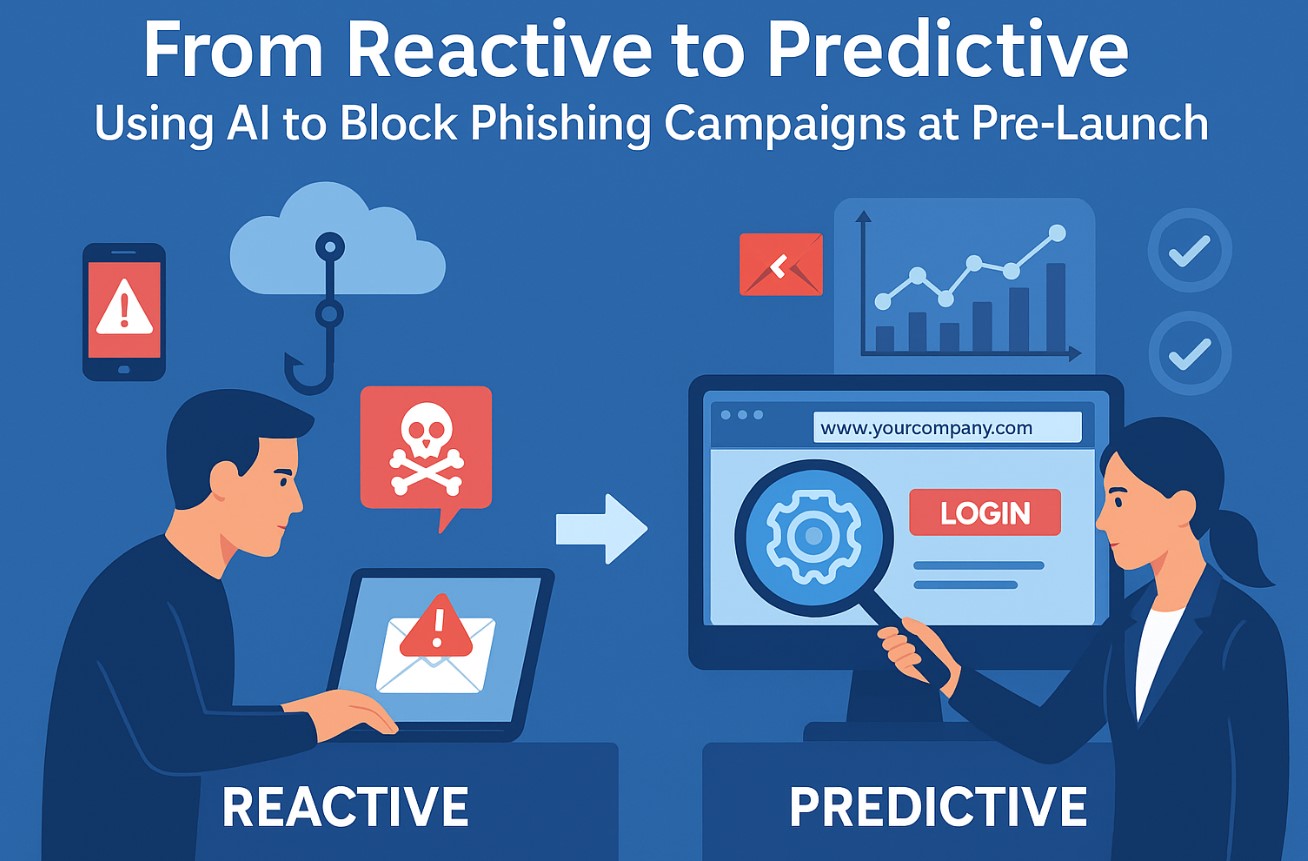

.png)
.jpg)
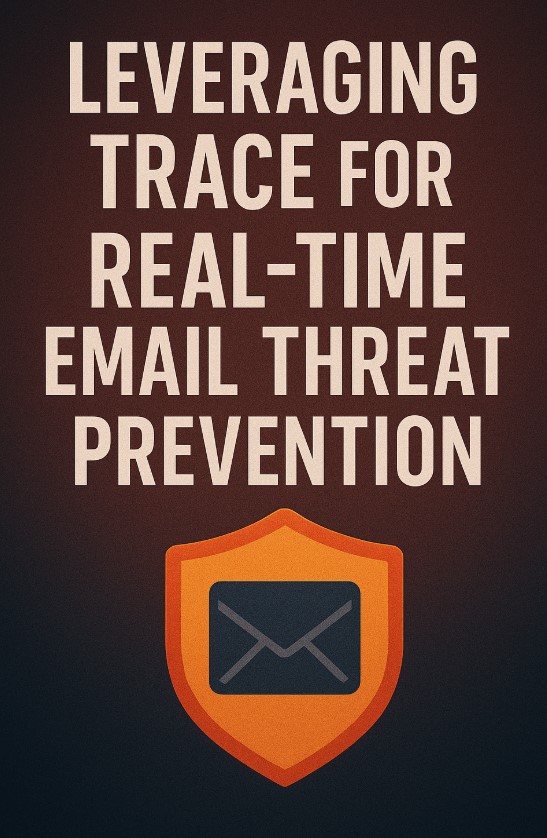
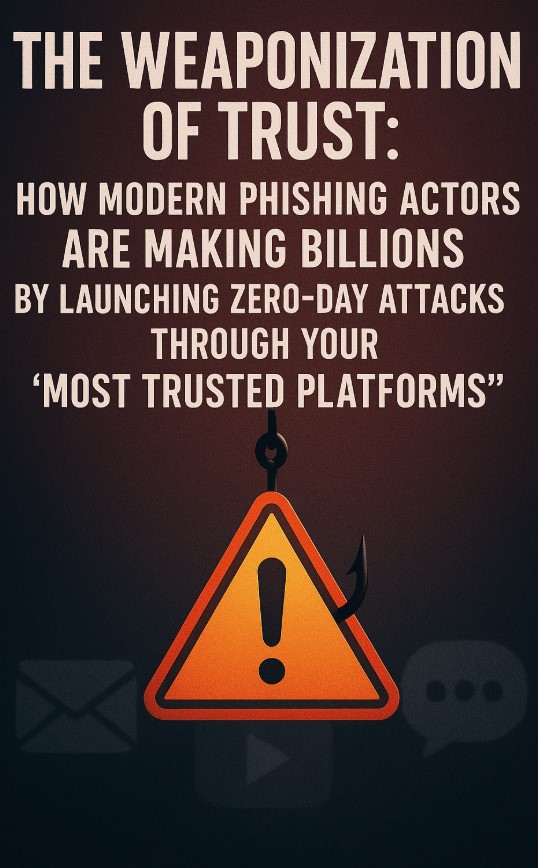


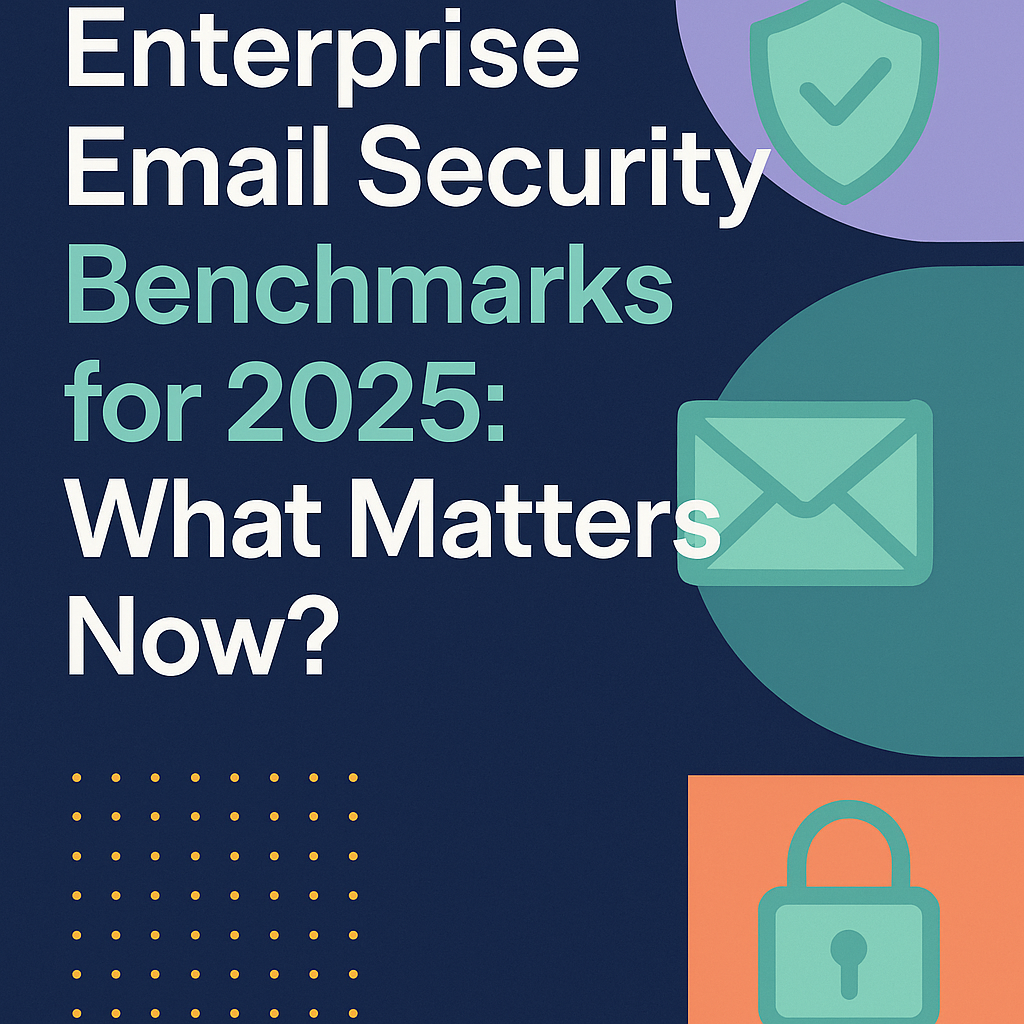
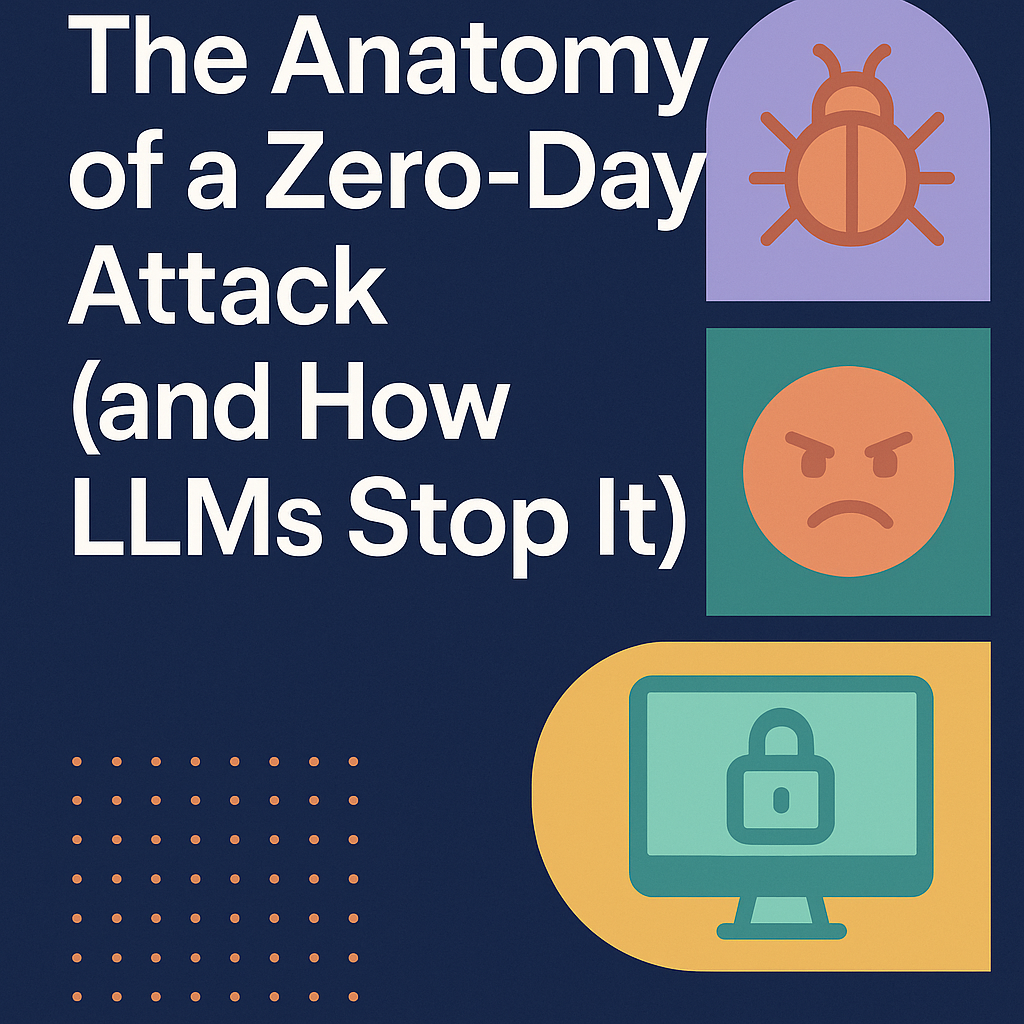
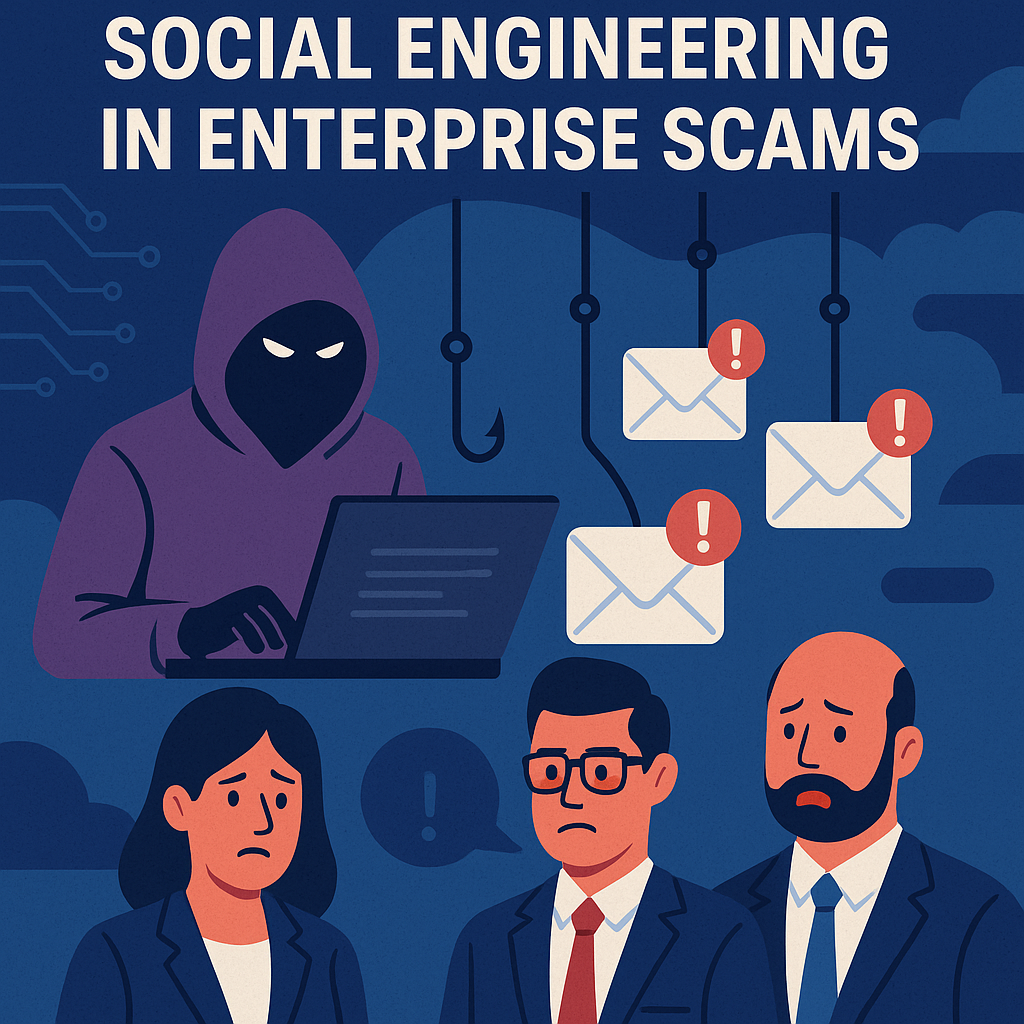
.png)







.png)































%20Attacks%20in%202025.jpg)









